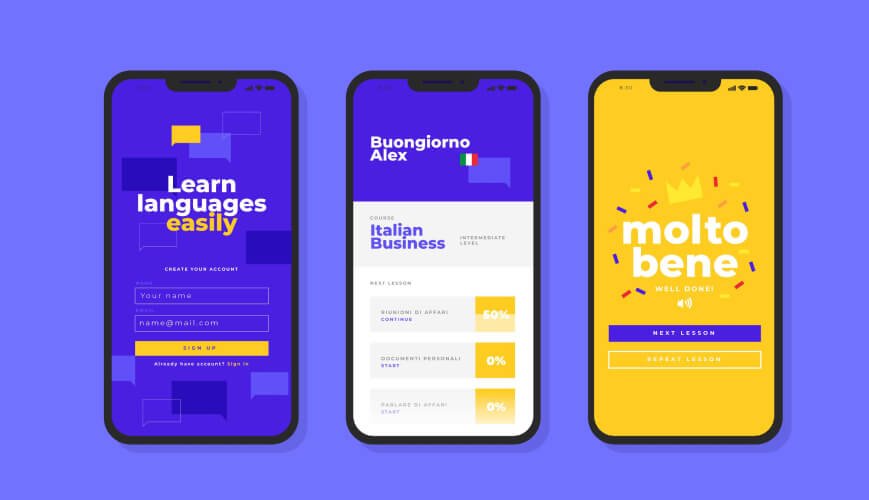
Let’s face it—design can either help or hurt your product. Ever clicked something and just didn’t know what to do next? That’s bad design, plain and simple.
At Olir Designs, we don’t chase trends—we design what works. Our UI/UX process isn't a straight line; it’s a back-and-forth with real people, figuring out what feels right, what flows naturally, and what gets users where they need to go without friction.
We’re based in Thanjavur, and we collaborate with businesses of all sizes—startups, retail, software, you name it. Whether it's a website, mobile app, or internal dashboard, our focus is on one thing: making the experience easy, useful, and actually enjoyable.
What We Actually Do (Our UI/UX Services)
User Research & Behavior Study
We don’t start with screens—we start with questions. What’s annoying your users? Where do they drop off? What do they actually care about? We talk, observe, dig through data, and sometimes just sit quietly and watch people interact. You learn a lot that way
The Blueprint Before the Build
Before anything gets fancy, we keep it plain. Boxes, lines, scribbles—just enough to map out how things might work.
Wireframes aren’t about color or style. They’re more like a rough sketch of a conversation. “If someone clicks here, where do they go next?” That kind of thinking.
Where the Real Work Happens
To be honest, we don’t get why some people think design is only about how things look. That’s just one piece of the puzzle—and not the most important one.
The real magic? It’s in figuring out how someone’s going to use what we build. We ask stuff like: Does this make sense at a glance? Is it clear what happens next? Why is this button even here?
Sketch, Click, Adjust. Repeat.
Ever had an idea that sounded perfect—until you saw it in action? That’s why we prototype.
At Olir Designs, prototyping isn’t just about wireframes and mockups. It’s how we test logic, check flow, and see how everything feels before a single line of code gets written. We build early, test fast, and refine constantly.
UI/UX FAQ
On a website, web, or mobile app, humans constantly interact with multiple elements. While a good UI (User Interface) ensures that the user is able to do his/her task without being lost, UX (User Experience) ensures that the design is intuitive and evokes the right emotions, and empowers the user. User engagement happens when UI & UX work together.
For one, UI (User Interface) is a part of UX (User Experience). Secondly, while UI is more element-focused and design-based, UX is more conceptually inclined. UX focuses on the overall experience of the user with the product or service. It is used for both physical and digital products, while UI is only digital.
The biggest difference between UI/UX design and web design is that web design focuses on what a website looks like and UI/UX design focuses on what the experience of using a site or app feels like. The ultimate goal of UI/UX design is to build something that doesn’t only look “nice,” but changes a user’s desired behaviour and decision-making process.
For any business that delivers its services or products through an app or website, UX design is just as critical as sales, branding, or marketing because it directly impacts the bottom line. Even for traditional institutions like banks with nationwide brick-and-mortar branches, the app often becomes the primary touchpoint for customers, making UX a key factor in customer satisfaction and revenue growth. Studies show that every dollar invested in UX yields an average return of $100—an astounding 9,900% ROI. This impressive return comes from higher conversion rates, improved customer retention, reduced acquisition and support costs, stronger customer trust, and increased market share.
All the factors influencing the cost (scope, complexity, platforms, budget, client feedback) will also affect the delivery timeline of a UX design project. A typical UX design project could go anywhere between 2-3 months to 6 months for a small-medium-sized project. Bigger projects could take more than 6 months to 1 year depending on the scope and complexity.
